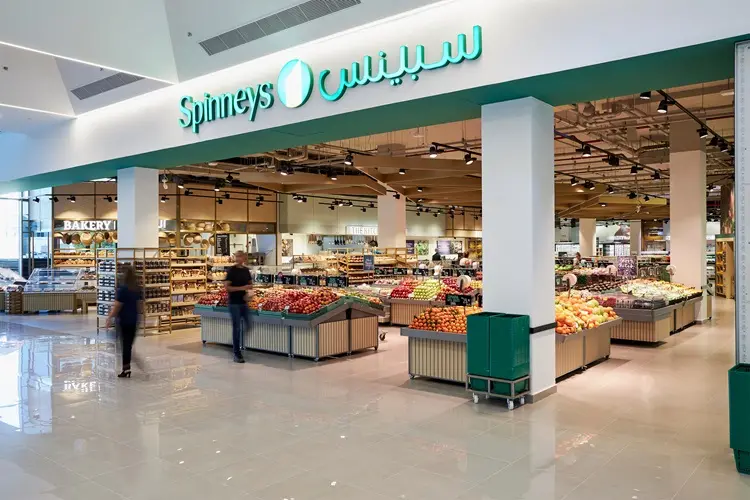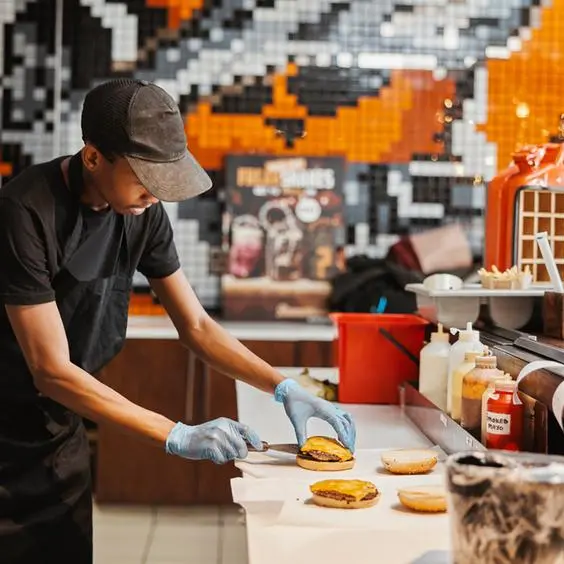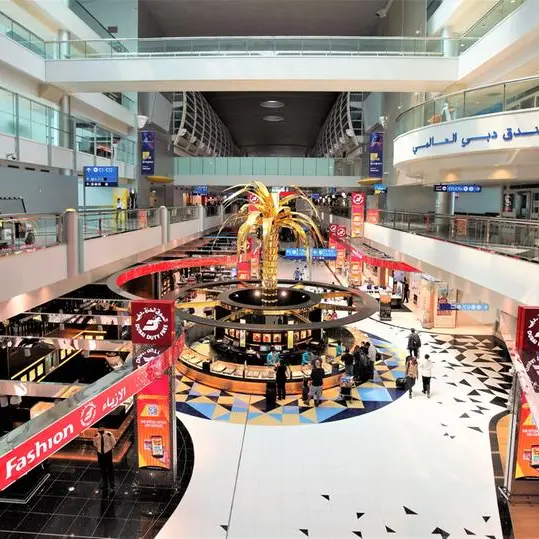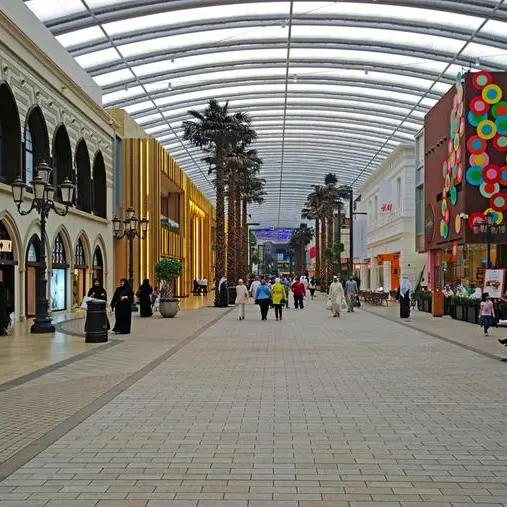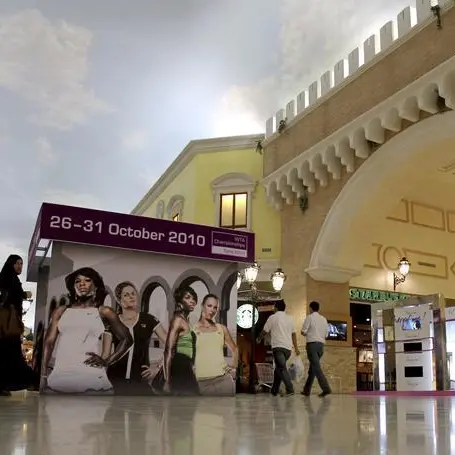PHOTO
Spinneys sees bright outlook for retail industry and will capitalise on business opportunities in the region after a successful initial public offering (IPO) and listing on Dubai Financial Market on Thursday, its top official says.
The franchisee of the supermarket chain in the UAE and Oman will expand its footprint in the UAE and Saudi Arabia due to growing demand of retail products in the region.
“We have identified multiple avenues to accelerate the profitable growth of our business through our network of stores and broader omni-channel platform. This includes like-for-like growth for existing mature stores, driven by growth in our target market and an increase in Spinneys’ offering, private label and e-commerce penetration,” Sunil Kumar, chief executive officer of Spinneys, told Khaleej Times during an interview.
Spinneys operates 75 premium grocery retail supermarkets under the Spinneys, Waitrose and Al Fair brands in Oman and the UAE, where it plans to open new stores this year. It has a 27 per cent share in its target market in Dubai and 12 per cent of the Dh23 billion target market in the UAE in 2022 amid continued growth in its online sales, its private label brands and its fresh food offerings.
“We are also focussing on further expansion within our home market in the UAE, in addition to further expansion in Saudi Arabia. Lastly, the introduction of The Kitchen, by Spinneys, an innovative concept, in 2024, alongside operational efficiencies across our business and supply chain will benefit the company,” he said.
Whitespace opportunity
About the strategy for expanding Spinneys' presence in the UAE and the GCC region, he said Spinneys will capitalise on business opportunities in the region.
“We see a large whitespace opportunity in both the UAE and Saudi Arabia, an important factor in our plans for continued expansion of our store network,” he said.
In the UAE alone, backed by strong population growth and accelerating real estate development, whitespace is projected to grow at a compound annual growth rate (CAGR) of 2.2 per cent to 2028, he said while referring to latest Kearney’s market report.
“To put that in context, such an increase is the equivalent to adding nearly 540 new Spinneys or Waitrose stores, surpassing our current count of 70 Spinneys, Waitrose, and Al Fair stores. This presents a huge opportunity for us to tap,” he said.
Meanwhile, in Saudi Arabia, the whitespace opportunity demonstrates even more compelling potential, enabled by a growing and increasingly affluent urban population. It is projected to grow at a CAGR of 2.8 per cent to 2028, according to Kearney’s market report which is equivalent to almost 1,200 Spinneys or Waitrose stores.
“While it would not be possible to occupy all the whitespace available in these markets, it goes a long way to showing how much growth potential there really is for us,” he said.
In reply to a question about the outlook for retail market over the next three years, he said: “We are seeing an increased focus on convenience as customers increasingly choose time-saving options. Given our strong online presence and positive customer feedback, we are well-positioned to benefit from the expected surge in online activity.
“We are also seeing an uptick in private label penetration. We consider the cost advantage and quality of our private label as vital, especially in a market where promotions play a dominant role.”
Challenges ahead
Kumar said Spinneys is well-positioned to capitalise on business opportunities as well as address the potential challenges to the retail industry.
One of the key challenges for the industry at present is a consumer cost-of-living crunch and supply chain disruption. Spinneys is ideally placed to deflect both of these challenges, he said.
“We are well-positioned to capitalise on the robust economic landscape of the UAE, where the economy is expected to grow at a CAGR of 3.4 per cent from 2022 to 2028, with high average disposable income per capita, expected to grow at a CAGR of 2.3 per cent over the same period.
“While the UAE’s population is projected to grow at a CAGR of 0.7 per cent from 2022 to 2028, the affluent population in the UAE is projected to grow faster, at a CAGR of 4.3 per cent from 2022 to 2028, driving sustained demand for premium food,” he said.
Moreover, he said Spinneys operations benefit from a strong, vertically-integrated supply chain, including a versatile global sourcing model and owned local production facilities enabling the company to effectively navigate the supply chain challenges of the modern retail industry.
“By way of example, during the Covid-19 pandemic and the Suez Canal obstruction in 2020-21, we maintained on-shelf availability above 84 per cent,” he said.
DFM listing
To a question about the company’s listing on the Dubai Financial Market, Kumar said Spinneys is a home-grown Dubai company, so it is natural for us to list on DFM, the leading exchange in the region, with strong performance in recent years and a very healthy track record for recent listing that have generated significant demand.
“With a significant portion of new investors being international this is now a truly global investment destination, with our shareholding – which includes international cornerstone investors – reflecting that,” he said.
To a question about the allocation of $375 million funds raised through IPO, he said this was a secondary offering so the net proceeds will be received by the selling shareholder — Al Seer Group LLC.
Kumar said Spinneys has presented an opportunity for investors to participate in a rare UAE private sector listing, and in the story of a business that has evolved over the decades to become one of the country’s leading premium fresh food retailers, positioned to continue to grow in the GCC’s attractive and fast-growing markets.
“The extremely strong demand for our IPO, which was 64 times oversubscribed, reflects what we believe is a truly unique offering,” he said.
Starting from the fiscal year 2024, Spinneys intends to pay dividends on a semi-annual basis in April and October of each year, endeavouring to maintain a dividend pay-out ratio of 70 per cent of annual distributable profits, after tax.
“Our dividend policy is designed to reflect the company's expectation of cash flows and expected long-term earnings potential, while allowing us to retain sufficient capital to fund ongoing operating requirements and continued investment for long-term growth,” Kumar concluded.
Copyright © 2022 Khaleej Times. All Rights Reserved. Provided by SyndiGate Media Inc. (Syndigate.info).
